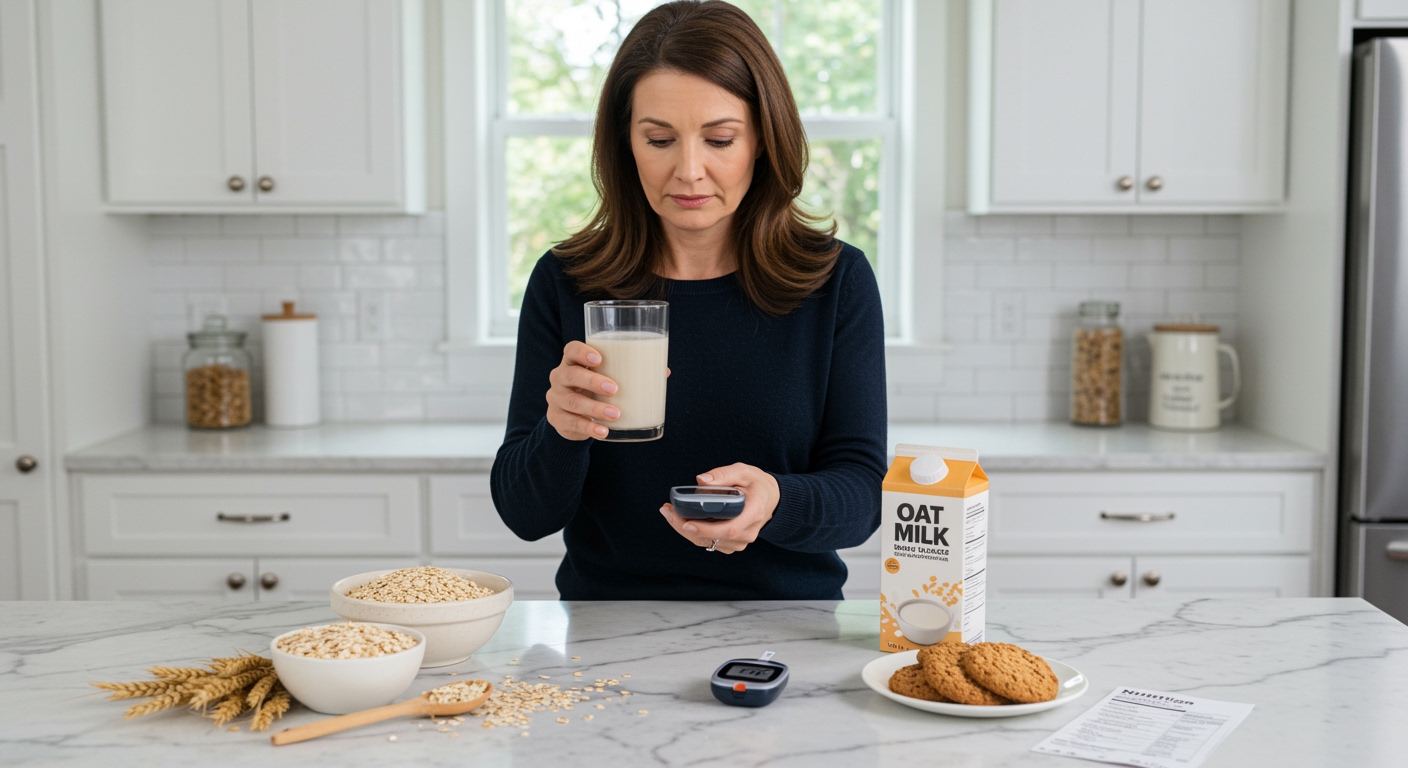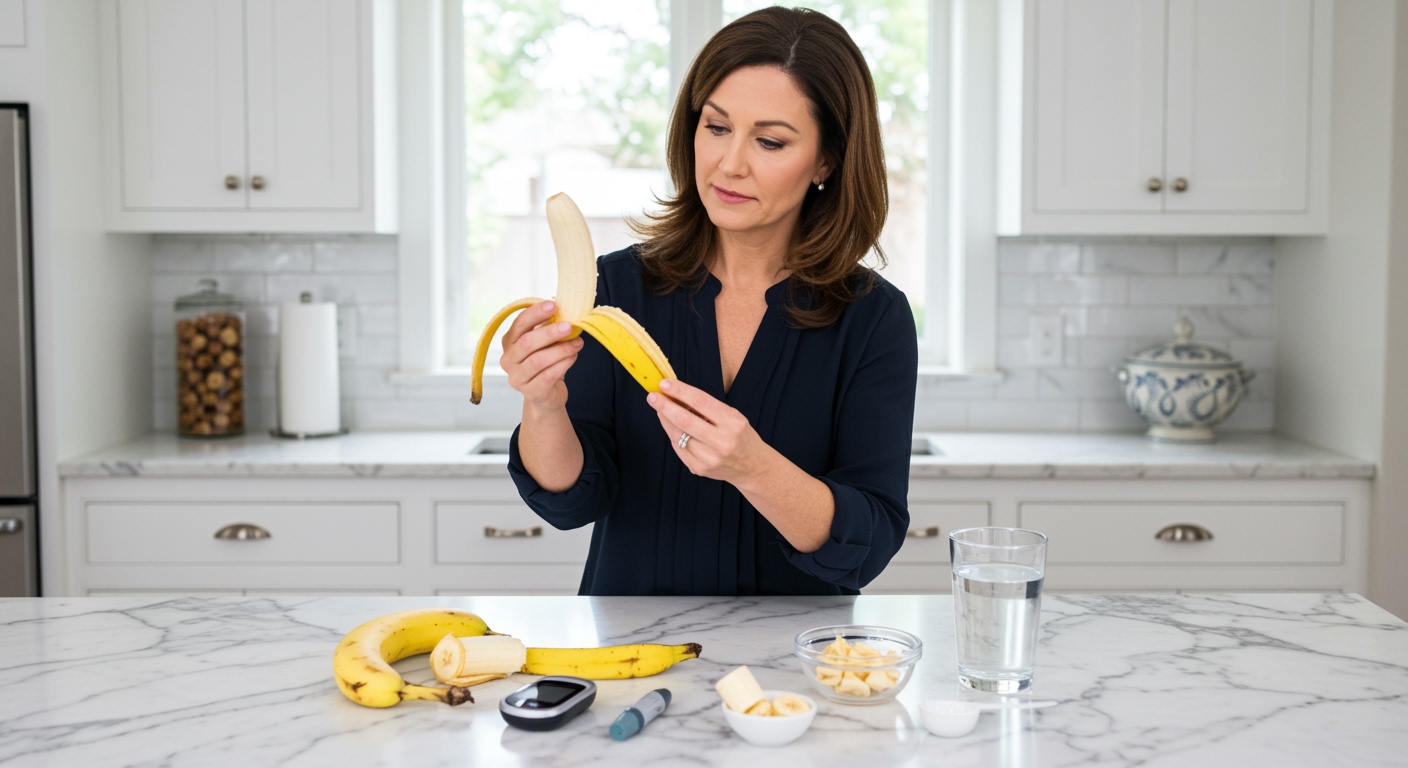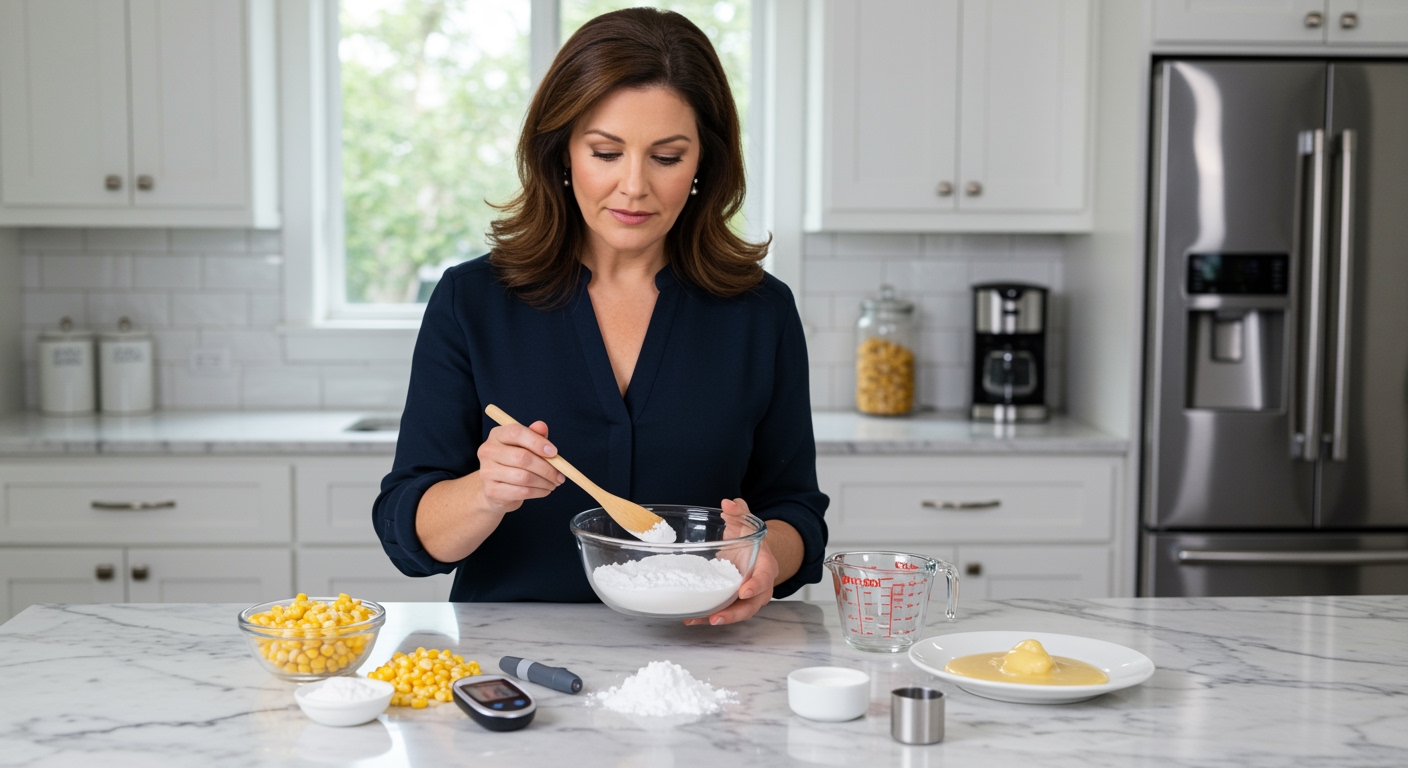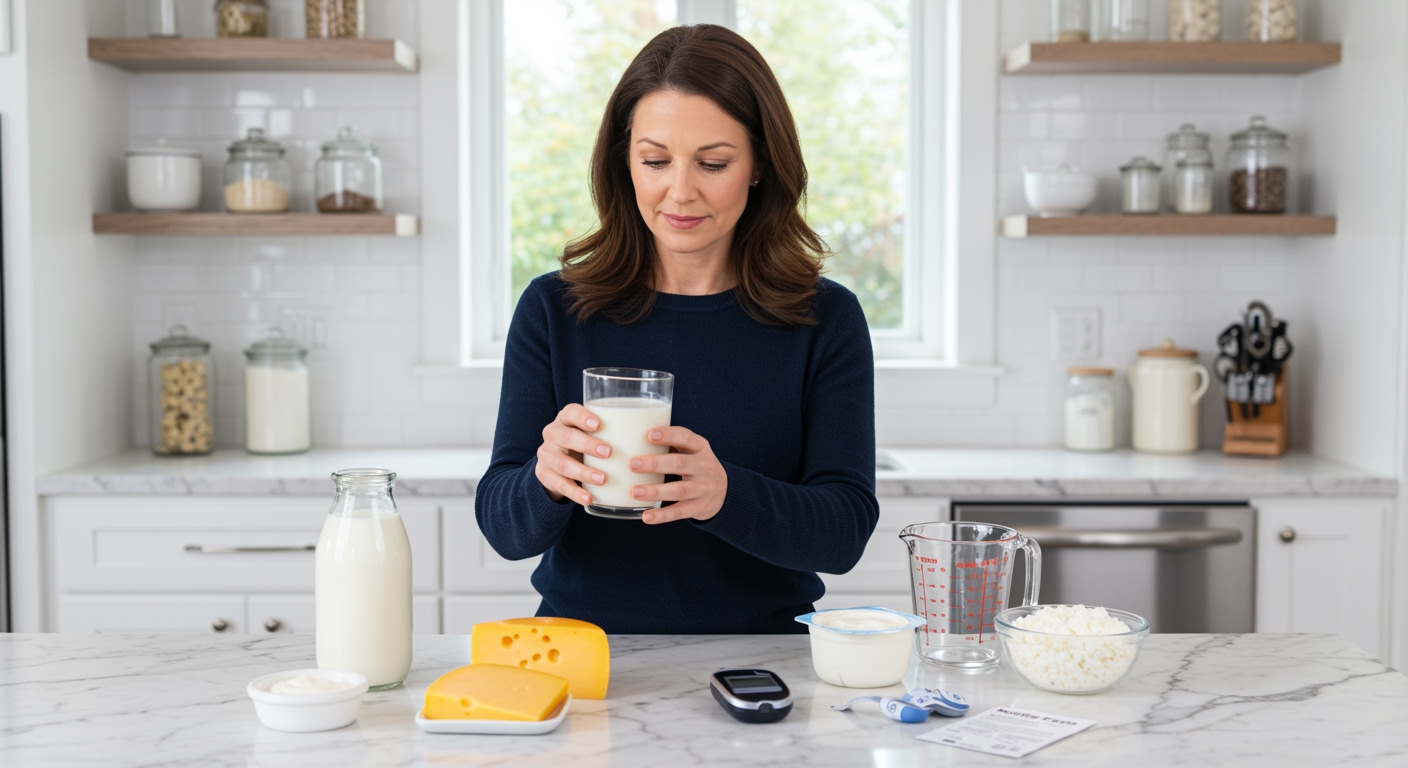✪ Key Takeaway: Raisins can be part of a diabetic diet when eaten in small portions, but they require careful blood sugar monitoring.
Introduction
You reach for a handful of raisins thinking they are just dried grapes, but your blood sugar monitor tells a different story.
Many people with diabetes wonder if these sweet, chewy dried fruits will send their glucose levels through the roof or if they can enjoy them safely as part of their meal plan.
Hi, I am Abdur, your nutrition coach and today I am going to explain exactly how raisins affect your blood sugar and whether they deserve a place in your diabetes-friendly pantry.
What Happens To Your Blood Sugar When You Eat Raisins?
Raisins have a glycemic index of around 64, which places them in the medium range on the glycemic scale.
This means they will raise your blood sugar faster than low-glycemic foods like nuts or vegetables, but slower than high-glycemic foods like white bread or candy.
When you eat raisins, the natural sugars get absorbed into your bloodstream within 15 to 30 minutes.
Your pancreas responds by releasing insulin to help move that sugar from your blood into your cells for energy.
The problem comes when you eat too many raisins at once because the concentrated sugars can overwhelm your body’s ability to process them efficiently.
Research shows that eating a small portion of raisins causes a more gradual blood sugar rise compared to eating the same amount of sugar from processed foods.
The fiber content in raisins helps slow down sugar absorption, which prevents the sharp spikes that can be dangerous for people with diabetes.
✪ Fact: One small box of raisins contains about 25 grams of sugar, equivalent to more than 6 teaspoons.
How Much Sugar Do Raisins Actually Contain?
A quarter cup of raisins contains approximately 29 grams of sugar and 108 calories.
To put this in perspective, that is more sugar than you would find in a small apple or a cup of fresh grapes.
The sugar in raisins comes naturally from the grapes, but the dehydration process concentrates these sugars into a much smaller volume.
This concentration makes it easy to consume large amounts of sugar quickly without realizing it.
Fresh grapes contain about 16 grams of sugar per cup, while the same amount of raisins contains nearly double that amount.
The natural sugars in raisins include glucose, fructose, and sucrose, which all affect your blood sugar differently.
Glucose raises blood sugar the fastest, while fructose gets processed by your liver and has a more delayed effect on your glucose levels.
✪ Pro Tip: Measure raisins with a tablespoon instead of eating them by the handful to control portions better.
Can Raisins Actually Help With Blood Sugar Control?
Surprisingly, some research suggests that raisins might help with blood sugar management when eaten in controlled portions.
A study published in the Journal of Nutritional Science found that people who ate raisins as snacks had better glucose control compared to those who ate processed snack foods.
The key lies in the antioxidants and fiber that raisins contain, which can help improve insulin sensitivity over time.
Raisins contain compounds called phenolic acids that may help your cells respond better to insulin.
The fiber in raisins also helps slow down the absorption of sugar, preventing the rapid spikes that can damage blood vessels and organs over time.
However, these benefits only apply when raisins replace processed snacks like cookies or chips, not when they are added on top of your regular meals.
The portion size remains critical because even the healthiest food can cause problems when eaten in excessive amounts.
✪ Note: The benefits of raisins for diabetes only apply when they replace less healthy snack options, not as additions.
What Is The Safe Portion Size For Diabetics?
The safest portion size for people with diabetes is one tablespoon of raisins, which contains about 7 grams of sugar.
This small amount provides some nutrients without causing a significant blood sugar spike in most people.
You should always eat raisins as part of a balanced meal that includes protein and healthy fats to slow down sugar absorption.
For example, adding a tablespoon of raisins to a salad with nuts and olive oil will have a much gentler effect on your blood sugar than eating them alone.
The timing of when you eat raisins also matters for blood sugar control.
Eating them right before or during exercise can help your muscles use the sugar for energy instead of letting it accumulate in your bloodstream.
Never eat raisins when your blood sugar is already elevated, as this will make the problem worse and could lead to dangerous glucose spikes.
✪ Pro Tip: Test your blood sugar 2 hours after eating raisins to understand your personal response.
Should You Choose Raisins Over Other Dried Fruits?
When comparing dried fruits, raisins fall somewhere in the middle for their effect on blood sugar levels.
Dried apricots and dates have higher glycemic indexes and will raise your blood sugar faster than raisins.
Dried cranberries often contain added sugar, making them a worse choice for people with diabetes than plain raisins.
Fresh fruits are always a better option than dried fruits because they contain more water and fiber, which helps with satiety and blood sugar control.
If you must choose dried fruits, look for varieties without added sugar or preservatives.
Organic raisins tend to have fewer additives and may retain more of their natural antioxidant content.
Remember that all dried fruits are concentrated sources of sugar and should be treated as occasional treats rather than daily snack foods.
✪ Fact: Fresh grapes provide the same nutrients as raisins but with much less concentrated sugar per serving.
The Bottom Line
Raisins can be part of a diabetes-friendly diet when eaten in very small portions and combined with other foods that help stabilize blood sugar.
The dose makes the poison, and with raisins, less is definitely more for people managing diabetes.
I would love to hear about your experience with raisins and blood sugar management, so please share your thoughts or questions in the comments below.
References
At NutritionCrown, we use quality and credible sources to ensure our content is accurate and trustworthy. Below are the sources referenced in creating this article:





